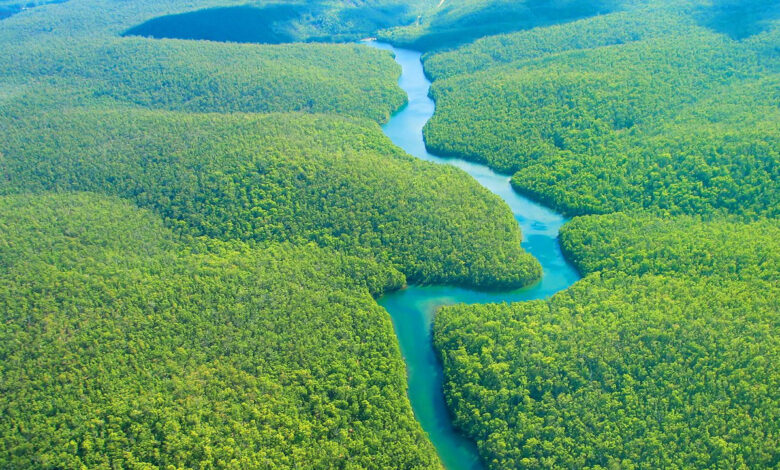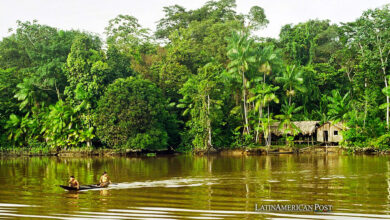Wireless biodiversity monitoring in the Amazon


A team of scientists from Australia, Brazil and Spain developed a wireless monitoring sensor to track the diminishing biodiversity in the Amazon jungle. The research partners that will manage the effort are the Mamirauá Institute in Brazil; Federal University of Amazonas (UFAM), Brazil; the Polytechnic University of Catalonia, Spain; and the Commonwealth Scientific and Industrial Research Organisation (CSIRO) in Australia.
According to CSIRO the project, dubbed Providence, will revolutionize the way biodiversity is being monitored.
“Remote sensing satellites and science aircraft provide a wealth of data about broad changes in forest cover, deforestation and land use, but these methods reveal almost nothing about the true story of biodiversity beneath the forest canopy,” said Dr. Alberto Elfes, research scientist at CSIRO and leader of the Australian arm of Providence. This is why their method will help catalogue and give more accurate assessments.
“Our technological innovation to monitor biodiversity in the Amazon is on a scale that hasn’t been seen before, and will use multiple technologies including acoustics, visual and thermal imaging.”
Furthermore, the technology will have a major impact in measuring and preserving the Amazon’s ecosystem and can be used on forest biodiversity research in other countries.
Dr. Emiliano Esterci Ramalho, researcher and monitoring coordinator at the Mamirauá Institute in Brazil and Providence project leader said the initial study areas will be at the southern end of the Mamirauá Reserve between the Amazon and the Japurá rivers.
“One of the major concerns for scientists worldwide is loss of biodiversity and the extinction of species. An accurate biodiversity assessment of an area such as the Amazon is essential to help combat the potential loss of wildlife,” Dr. Ramalho said.
“We’ll be collecting data from acoustic sensors (for underwater creatures, as well as terrestrial animals such as birds, frogs and monkeys), visual images, environmental data (wind, temperature, humidity, air pressure), and even thermal images. The animals of key interest in the trial stages are a range of species including jaguars, monkeys, bats, birds, reptiles, river dolphins and fish,” he added.
Phase one of this project is now underway and it will be testing 10 trial monitoring devices to create the wireless network of sensor nodes. Phase two will scale up to 100 nodes and phase three is expected to have 1000 nodes installed.
The team received a nearly $2 million grant by the Gordon and Betty Moore Foundation, a funding body established by Gordon Moore, the founder of Intel, to carry out the first stage of the project.
LatinAmerican Post | Maria Andrea Marquez





